THE TANK IN THE INDEPENDENCE PALACE
The tank in the Independence Palace
The grass has grown green between the old tracks
The tank crashed into the gate of the Independence Palace
The city named after Him is shining with star-spangled flags
Illustration photo. |
The tank in the Independence Palace
The barrel of the cannon no longer has any smoke of gunpowder flying.
Old comrades, who is still alive, who is gone?
For today I come to this place again
I suddenly met the little brothers
Run around the tank turret
(The war is as far away as it ever was.
Saigon noon sun suddenly lingers...)
The tank in the Independence Palace
No more red earth color of the old battlefield
The steel plate remains the same color as the steel.
Become a witness to history now.
Nguyen Ngoc Phu
COMMENT
The historic Ho Chi Minh Campaign is an endless source of inspiration for literature and art. In the field of poetry, many works have deeply portrayed the overwhelming joy of the entire nation. The poem "The Tank in the Independence Palace" by Nguyen Ngoc Phu is also among them, a work rich in contemplative ideas, reflecting the poet's emotional emotions when depicting the image of a tank - the symbol of the victory of April 30, 1975 - in the space of the Independence Palace, a place that marked an important historical milestone of the country. The work not only recreates a historical event but also evokes profound thoughts about war, peace and life continuing in the future.
The opening of the poem is the image of "The tank in the Independence Palace", this image is repeated throughout the poem like a refrain, deeply engraved in the reader's mind about the presence of a special historical witness. However, over time, that tank "The grass has grown green between the tracks of the past" is an evocative detail, showing the revival of life on the traces of the old war. In particular, here the poet reminisces about the past, returning to the close-up of "The tank crashing into the gate of the Independence Palace" as a symbolic image, recreating the important historical moment, when the liberation army entered the enemy's last lair. The most beautiful, vivid and most moving is the verse "The city named after Him is bright with star-spangled flags" expressing the joy of victory, the pride of a liberated city and the name of beloved Uncle Ho of the entire nation.
In the second stanza, the author focuses on describing the tank in the present: "The gun barrel no longer has smoke from the gunpowder" . This image contrasts with the fierce war past, evoking the transition from war to peace. Deeper, the rhetorical question "Who are still alive, who are gone?" expresses the emotional, nostalgic feelings of the soldier when remembering the comrades who went through life and death with him. The verse "For today I have come to this place again..." is a profound expression of gratitude, through which the author's return after a long time is seen, evoking mixed emotions of sadness and joy, thoughts about the past and present. The contemplative quality of the poem is thereby raised, condensing the feelings.
Unique and makes the poem full of philosophical colors when the reader encounters in the third stanza a bright image, full of hope: "I suddenly met the little brothers/ Running around the tank turret" . The image of children playing on the tank symbolizes a peaceful future, when the war has receded into the past. Moreover, the verse "(The war has receded as if it had never happened/ Saigon's midday sun suddenly lingered...)" expresses the author's surprise and confusion when witnessing the change of the city named after Uncle Ho after the war. Indeed, the poem's thought suddenly flashes with humanistic beauty originating from the image of innocent childhood. Childhood is the future face of the country, the aspiration for peace and the sincere wish for a peaceful life, which is completely opposite to the brutality and death of war in the past.
The poem pauses in the last stanza when the author Nguyen Ngoc Phu affirms the value and historical significance of the tank - a witness of the day of total victory. Still using the contrast between the past and the present, war and peace, pain and the peaceful life of the present, the image of the tank has become a special, vivid historical witness of April 30: "The tank in the Independence Palace / No longer has the red soil color of the old battlefield / The steel armor is still the color of steel / Becomes a historical witness now".
The poem uses many rhetorical devices such as structural repetition in the first line "The tank in the Independence Palace", the rhetorical question "Who is still alive, who is gone?", the contrasting images between the past of war and the present of peace to increase the expressiveness and evocativeness of the work. The poetic language is simple, honest but rich in emotion, expressing the author's mood before the changes of time and history. "The tank in the Independence Palace" is truly a touching poem, rich in historical and humanistic meaning.
April 30th with its resounding victory has gone down in history for half a century. The country has now been reunited, the mountains and rivers of Lac Hong. Rereading the poem “The Tank in the Independence Palace” by Nguyen Ngoc Phu, readers not only feel a great historical event but also evoke deep thoughts about war, peace and the life that will continue tomorrow. Therefore, the image of the tank, from a symbol of war, has become a symbol of peace, of faith in a bright future.
Le Thanh Van (choose and comment)
Source: https://baobacgiang.vn/loi-chung-nhan-cua-ngay-toan-thang-postid416611.bbg





![[Photo] Prime Minister Pham Minh Chinh starts construction of vital highway through Thai Binh and Nam Dinh](https://vphoto.vietnam.vn/thumb/1200x675/vietnam/resource/IMAGE/2025/5/12/52d98584ccea4c8dbf7c7f7484433af5)
![[Photo] Prime Minister Pham Minh Chinh works with the Standing Committee of Thai Binh Provincial Party Committee](https://vphoto.vietnam.vn/thumb/1200x675/vietnam/resource/IMAGE/2025/5/12/f514ab990c544e05a446f77bba59c7d1)

![[Photo] Buddha's Birthday 2025: Honoring the message of love, wisdom, and tolerance](https://vphoto.vietnam.vn/thumb/1200x675/vietnam/resource/IMAGE/2025/5/12/8cd2a70beb264374b41fc5d36add6c3d)
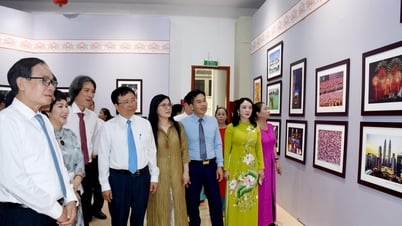
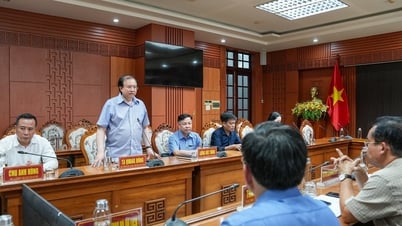
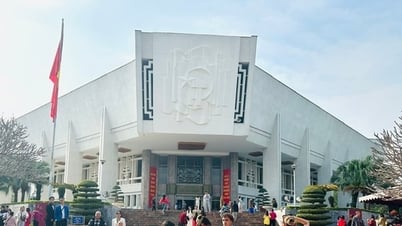
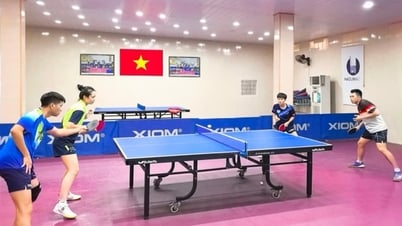
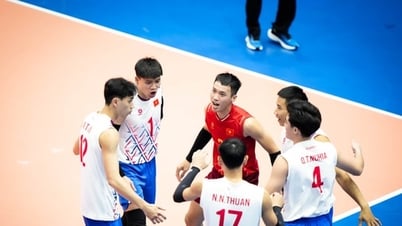
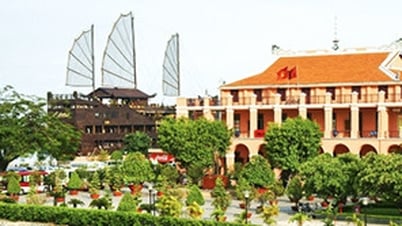




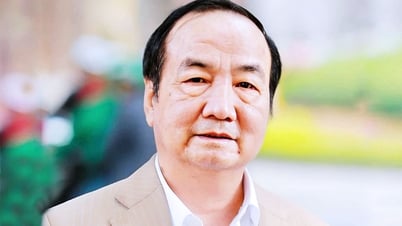
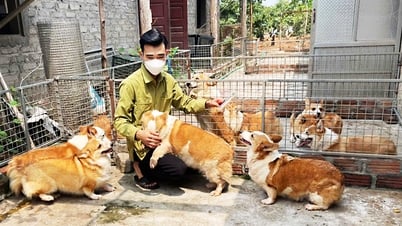

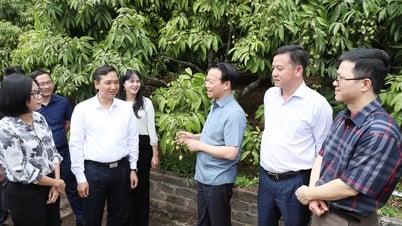
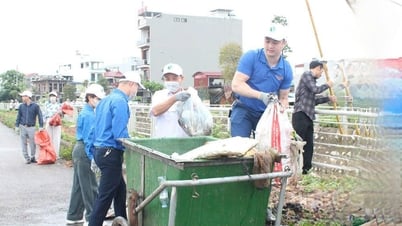
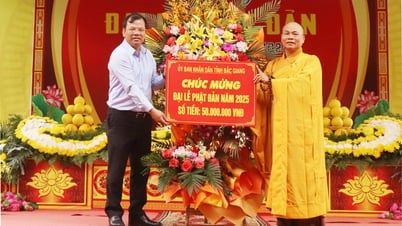














































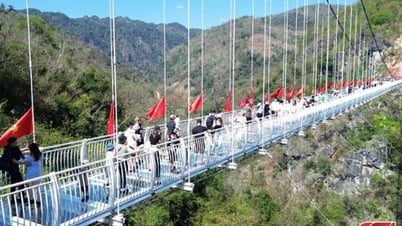

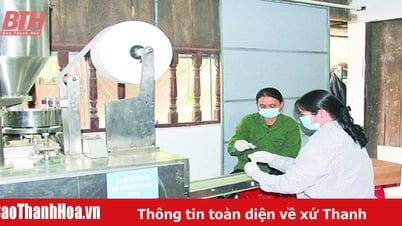


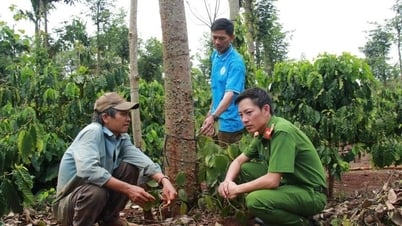

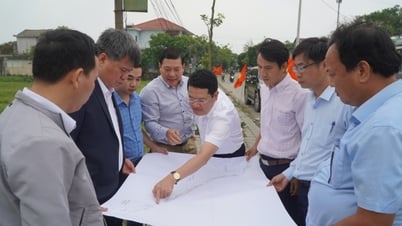

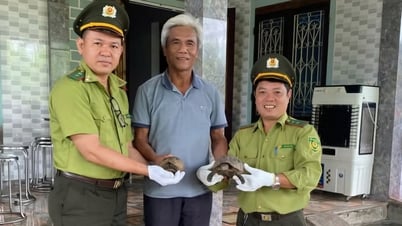
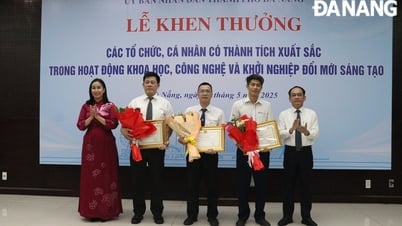












Comment (0)